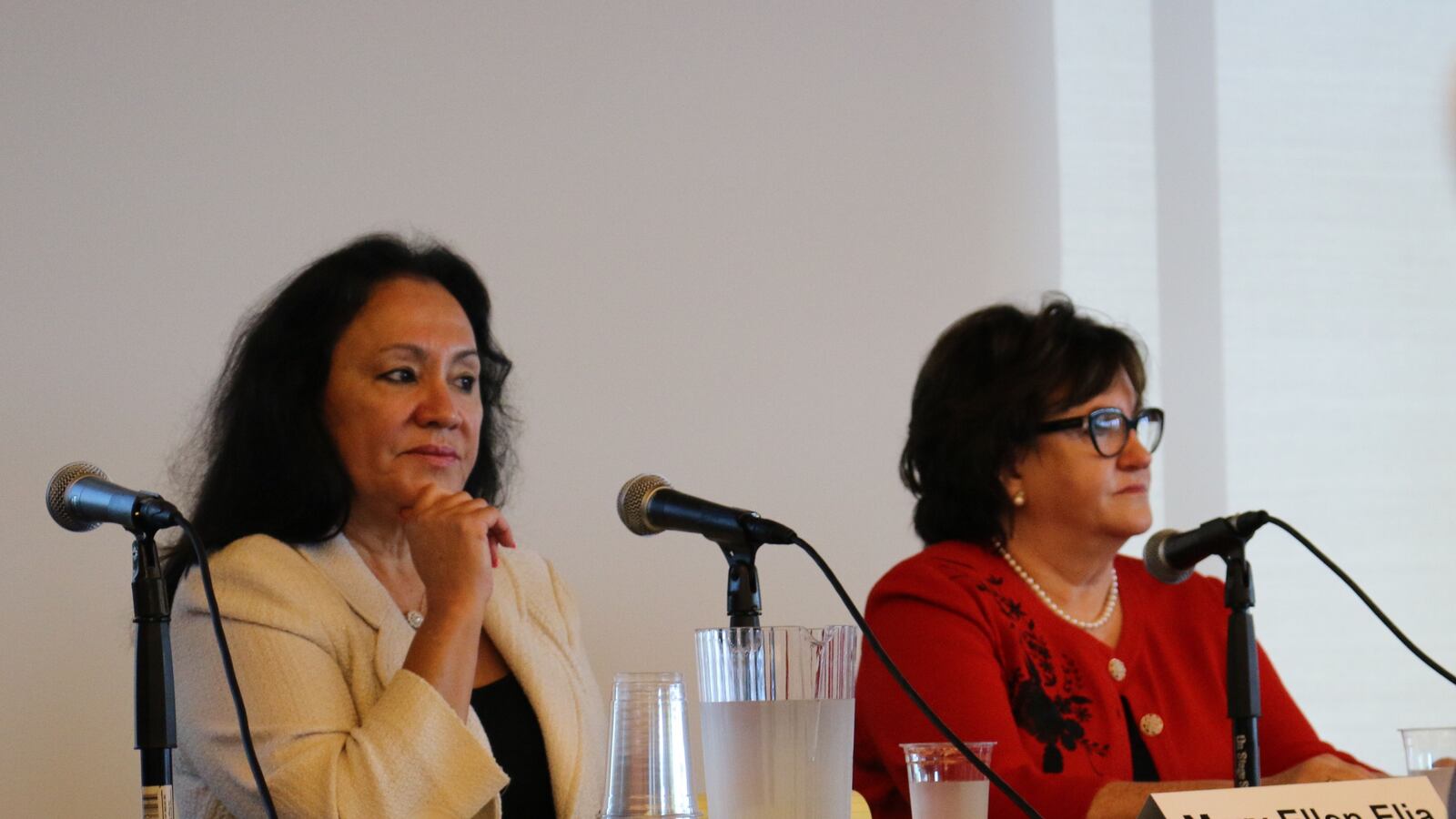New York cannot create special testing rules for students with disabilities or those still learning English, the U.S. education department said Tuesday.
The decision to deny New York the testing waivers it had sought came on the same day that the department signed off on the state’s plan to evaluate and support schools under the new federal education law. The plan, required by the federal Every Student Succeeds Act, was the product of more than a year of writing and revision by state officials and over a dozen public hearings.
The federal education department approved most of New York’s vision — which aims to move beyond test scores when evaluating schools and places new emphasis on whether schools have the resources they need — though they required some changes, which the department first proposed in feedback last month.
One of the revisions affects the way schools are rated when many students refuse to take the state exams. Meanwhile, the federal reviewers did not appear to require changes that could have lowered the state’s graduation rate, which some experts had said was possible under the new law.
Here’s what you need to know about the federal government’s feedback to New York’s plan:
1.) Two testing waivers were rejected
At the same time that New York submitted its ESSA plan, it also requested three testing-related waivers — two of which federal officials shot down on Tuesday.
One of the rejected waivers would have allowed students with significant cognitive disabilities to take tests below their grade level, which New York officials said would have resulted in more accurate measures of their progress. However, special-education advocates and the New York City education department had raised alarms about that request, saying it could lower standards for those students and potentially violate federal law. In denying the request, the U.S. education department appeared to validate those concerns.
The other denied waiver had asked that schools not be held accountable for the English test scores of newly arrived immigrants until after those students had been in the U.S. for three years. Without that exemption, school evaluations will factor in the English scores of students who are still learning that language after their second year in the country.
New York did, however, receive approval for one waiver to allow middle-school students to skip the state’s annual math or science exams if they instead sit for the Regents exams in those subjects, which are required to earn a typical high-school diploma.
2.) A change for schools with high opt-out rates
New York must treat students who boycott state tests as having failed them when evaluating schools’ performance — though state officials don’t expect that to trigger interventions for high-performing schools with high opt-out rates.
In its ESSA plan, New York officials had wanted to make sure that schools were not penalized if a large number of students sit out the state exams — as 19 percent of students across the state did last year. To that end, they created two accountability measures — one that counted boycotted exams against a school’s passing rate and another that did not — and allowed schools to use the higher of the two ratings.
But the U.S. education department blocked that methodology, instead requiring the state to treat boycotted exams as the equivalent of failed tests when judging their academic performance. (They are still allowed to use the other metric to evaluate schools, just not under strict federal guidelines for what count as academic measures.)
State education department officials said Wednesday that the changes will like result in slightly lower ratings for schools with high opt-out rates. However, they said they do not expect those schools to face serious consequences as long as they perform well on other metrics.
Lisa Rudley, a founding member of New York State Allies for Public Education, which helped organize the opt-out movement in New York, said she expects the state to protect schools where many students boycott the exams.
Otherwise, she predicted, “There’s going to be outrage.”
3.) New York’s graduation rate is in the clear for now
Federal reviewers could have forced the state to lower its graduation rate, but they appear to have decided against that drastic step.
ESSA requires states to include only diplomas earned by a “preponderance” of students when calculating their graduation rates. Several experts thought New York’s “local diploma,” a less rigorous diploma awarded to only about four percent of students, did not meet that requirement.
If federal officials had agreed, the state could have been forced to recalculate its graduation rate and possibly eliminate some newly created options that allow more students to graduate with local diplomas. However, the officials appear to have let New York’s graduation rate stand with the local diploma in place.

